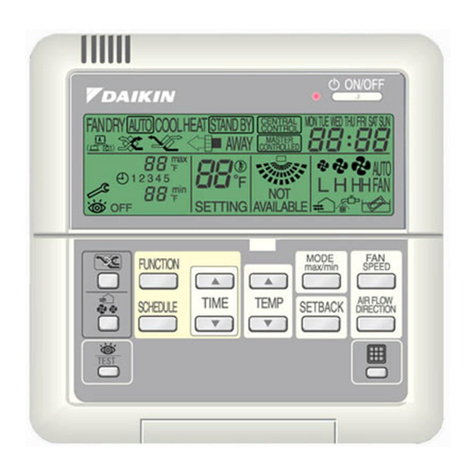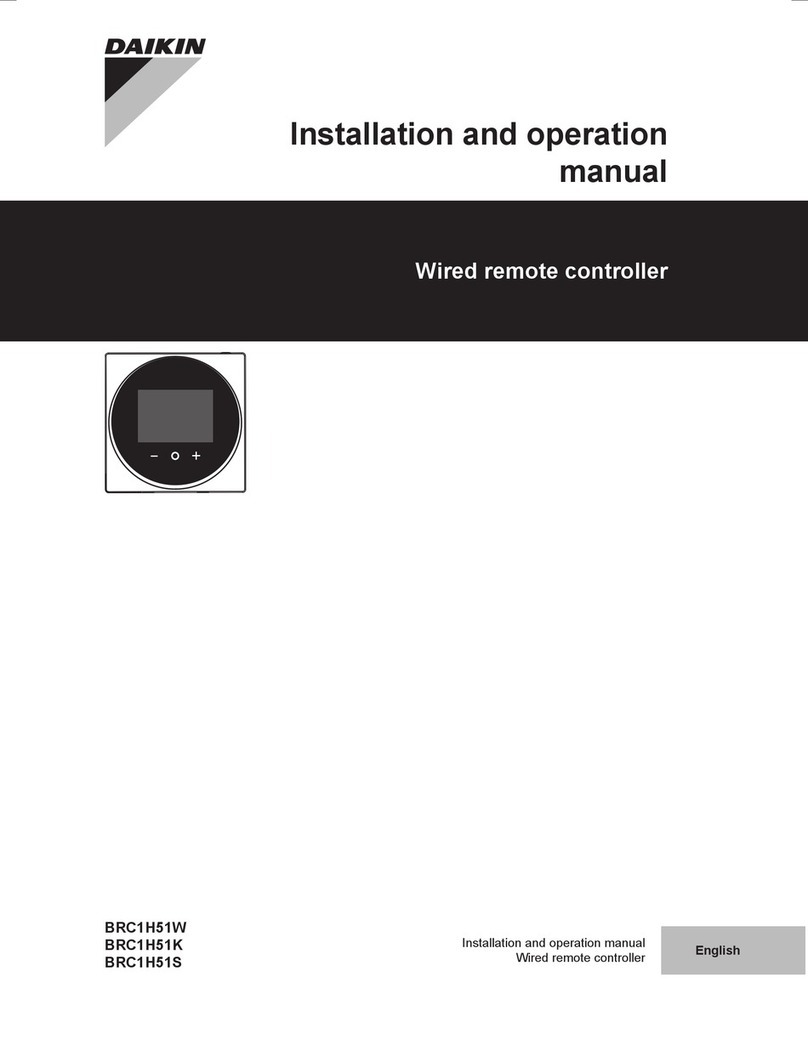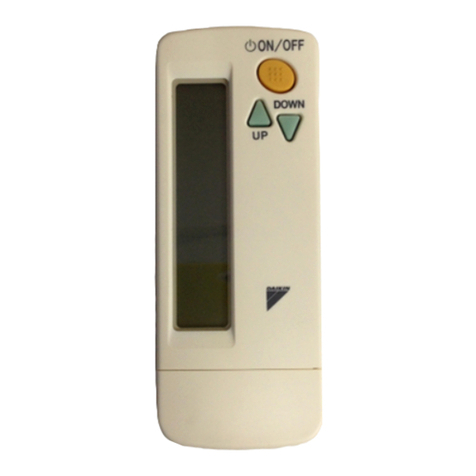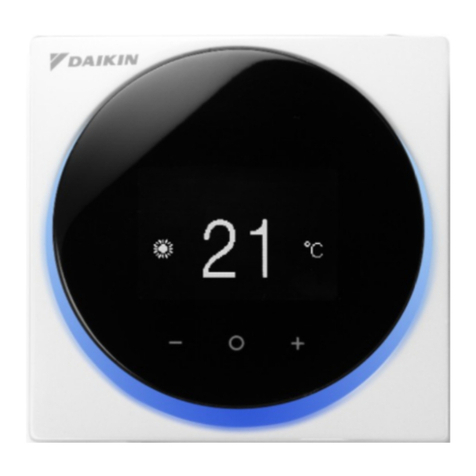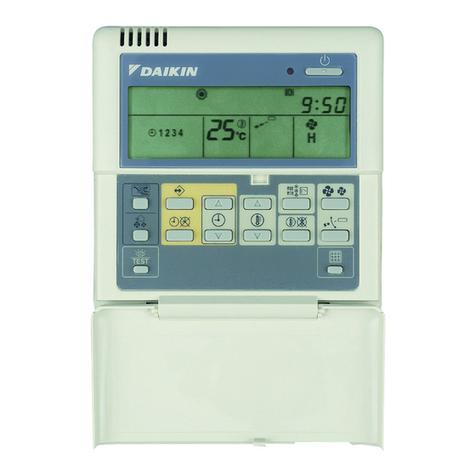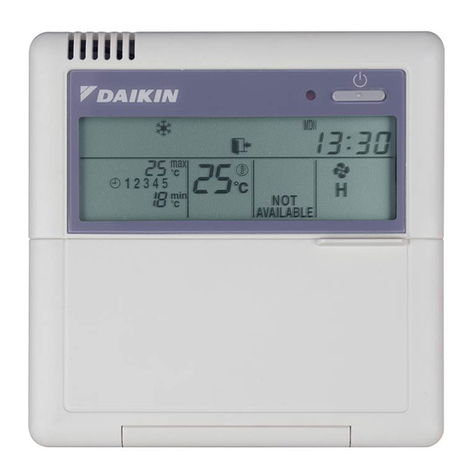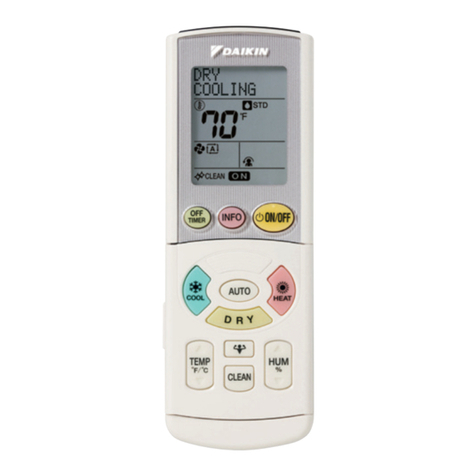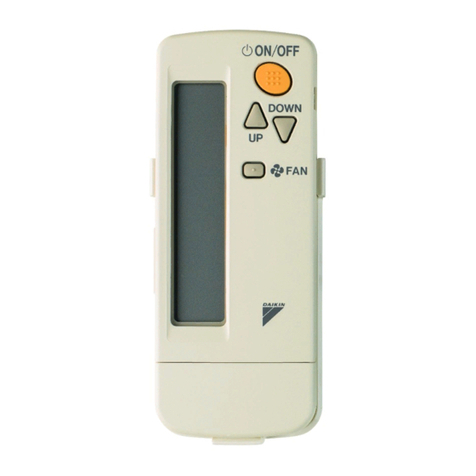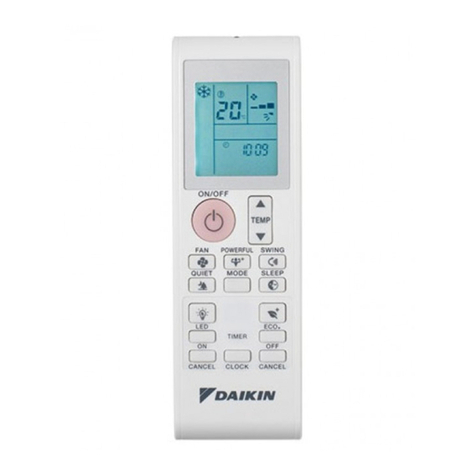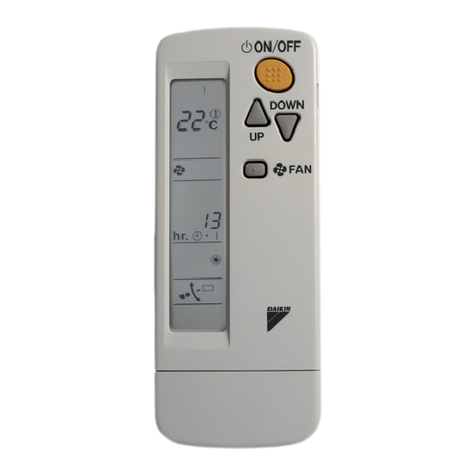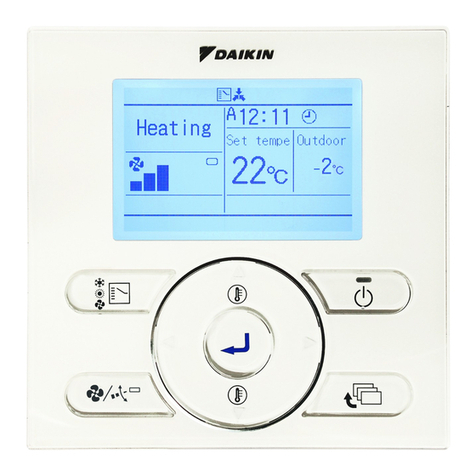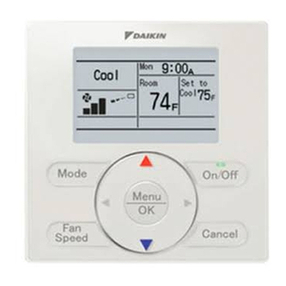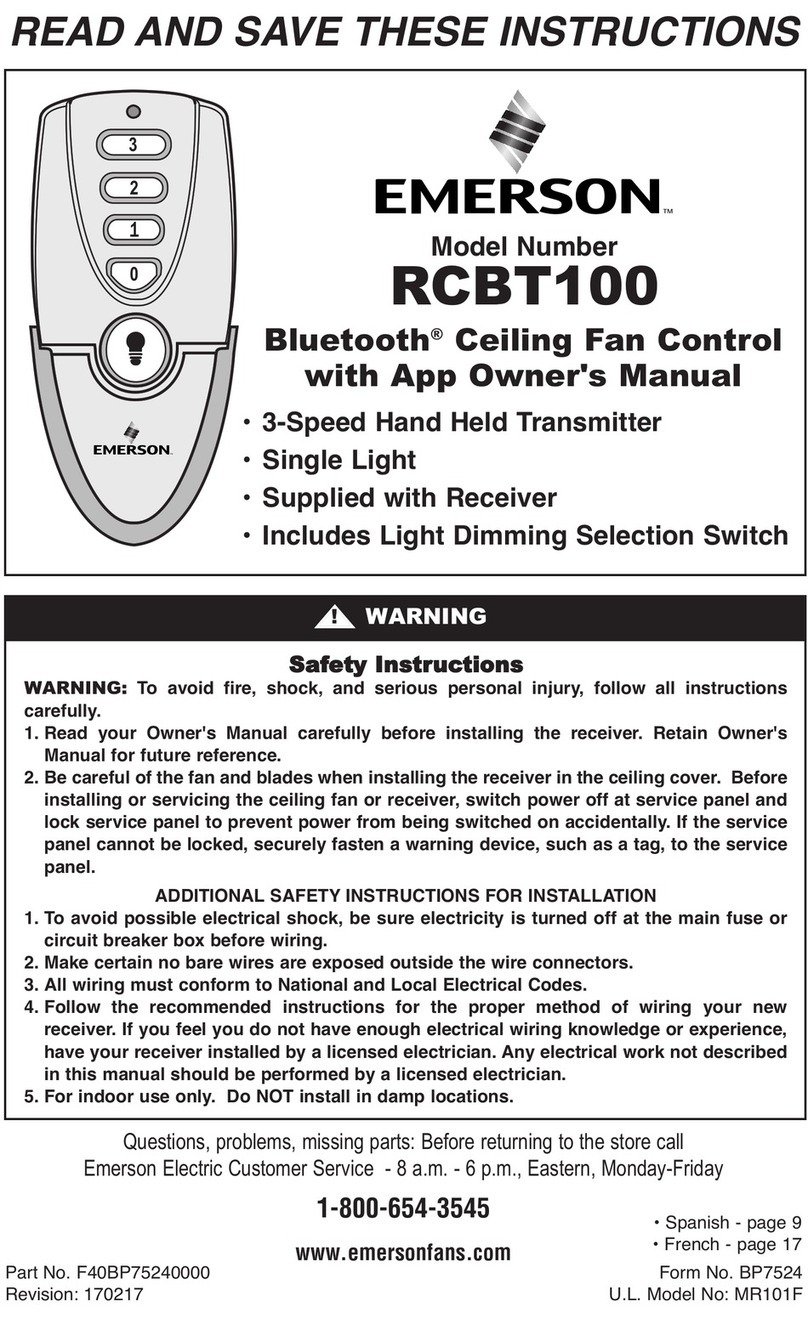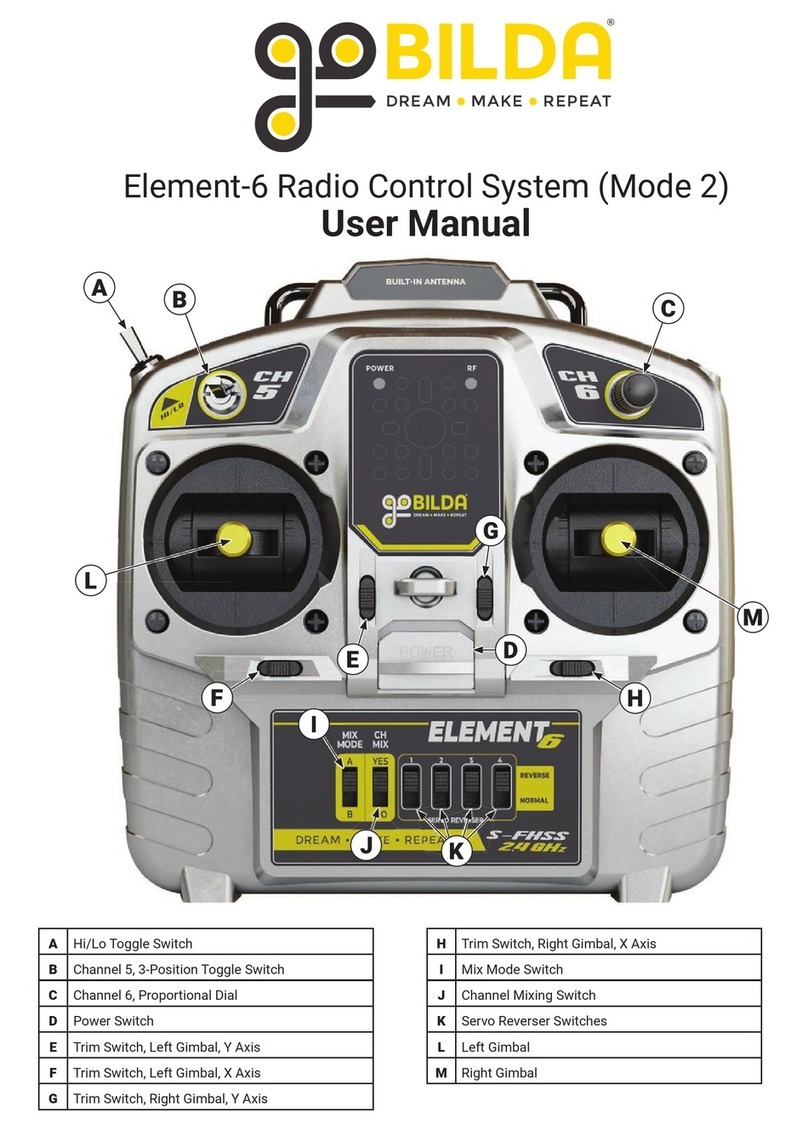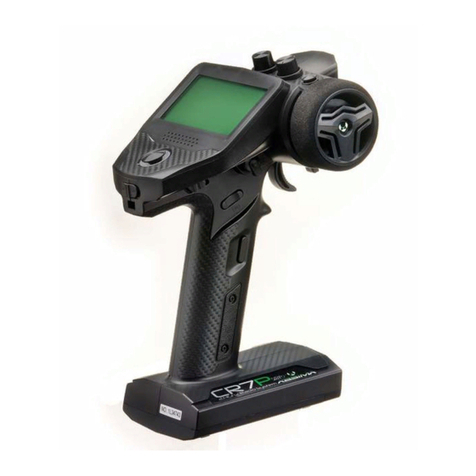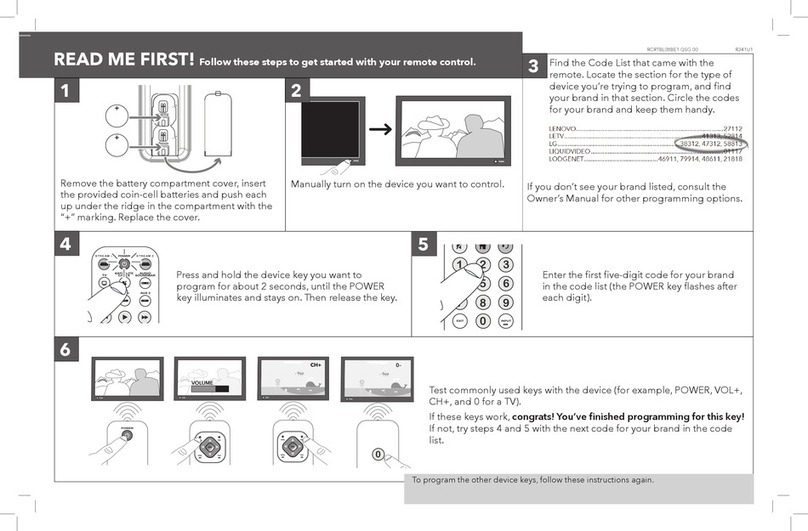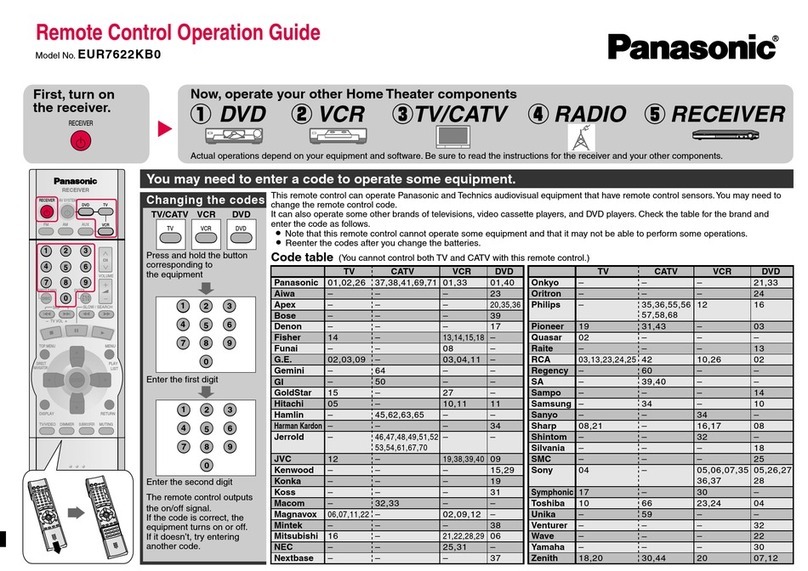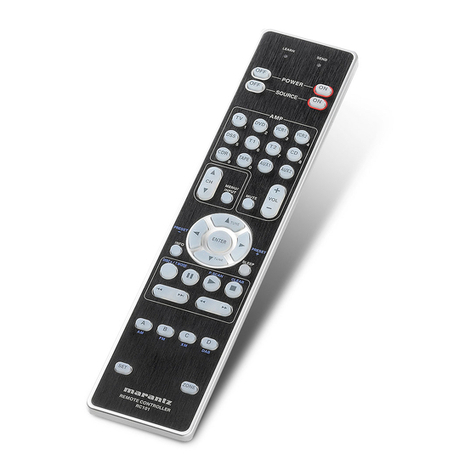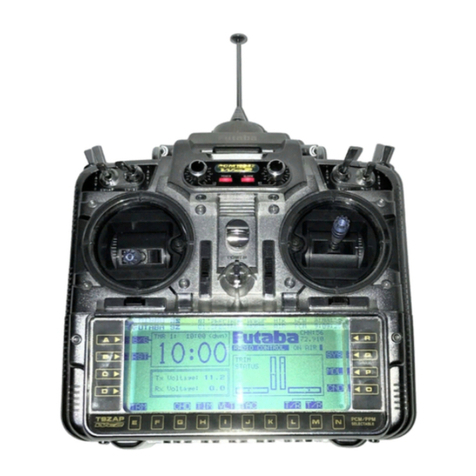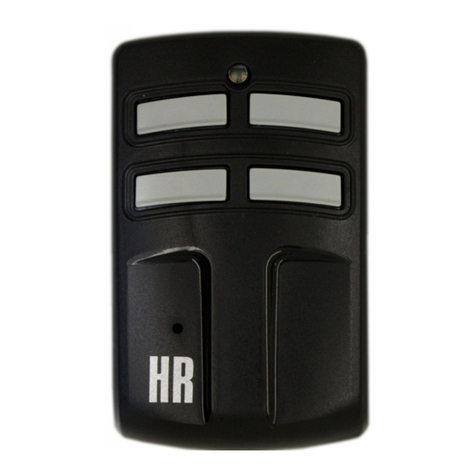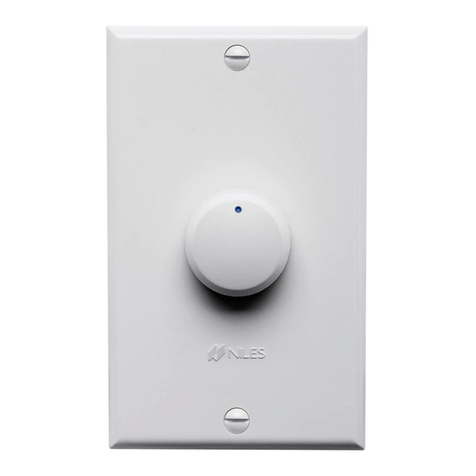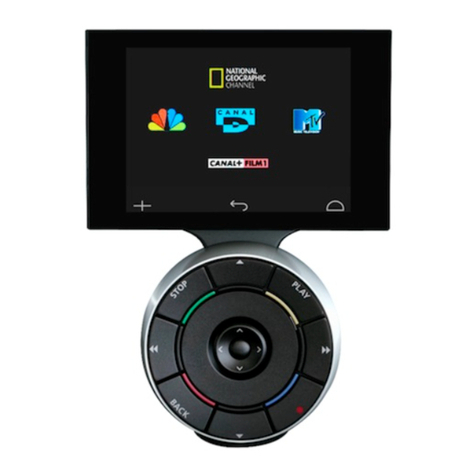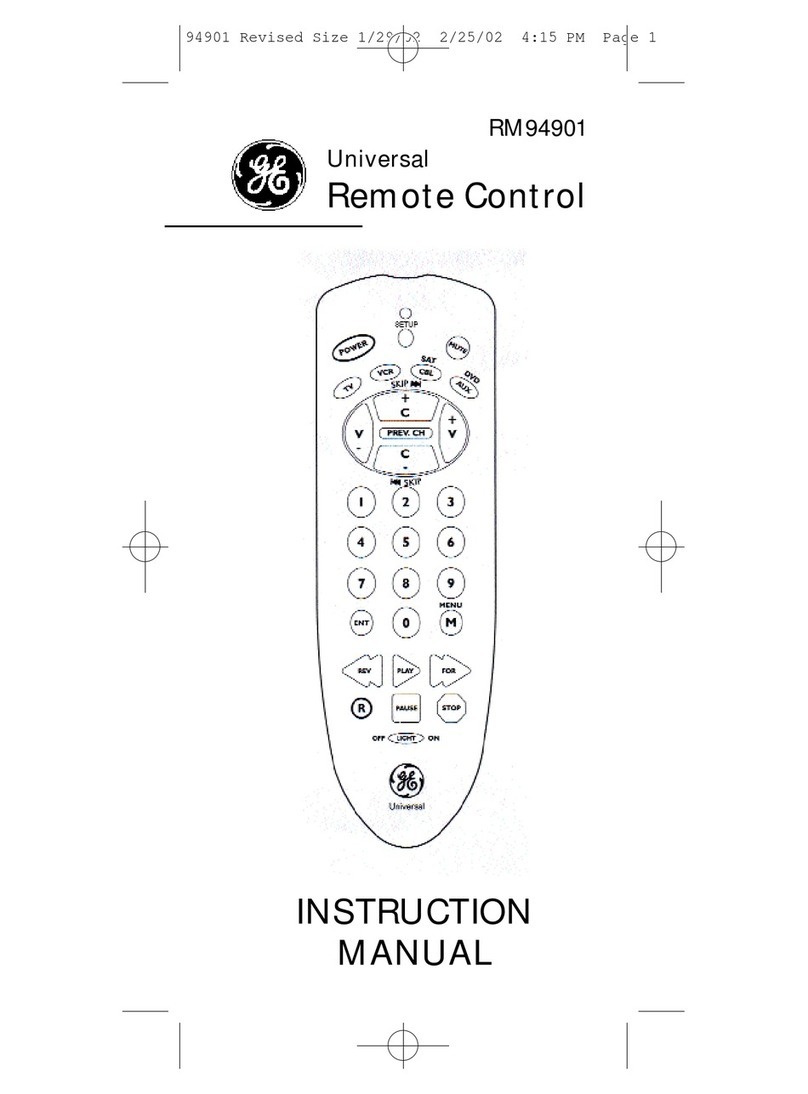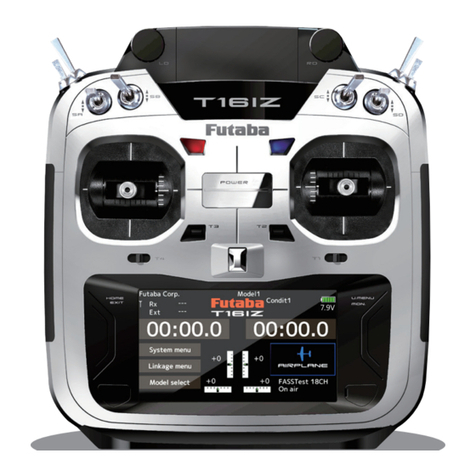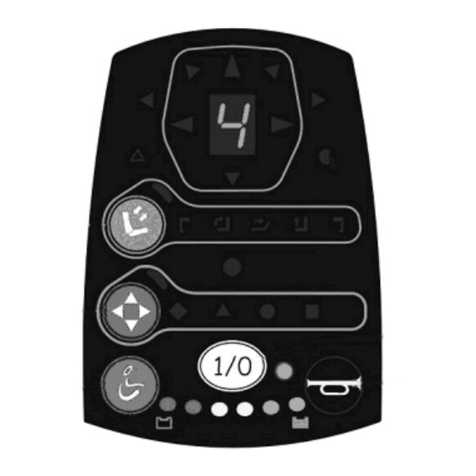
2
Consult your local dealer regarding what to do in
case of refrigerant leakage.
When the air conditioner is to be installed in a small
room, it is necessary to take proper measures so that
the amount of any leaked refrigerant does not exceed
the concentration limit in the event of a leakage. Other-
wise, this may lead to an accident due to oxygen deple-
tion.
Contact professional personnel about attachment
of accessories and be sure to use only accessories
specified by the manufacturer.
If a defect results from your own workmanship, it may
result in water leaks, electric shock or fire.
Consult your local dealer regarding relocation and
reinstallation of the air conditioner.
Improper installation work may result in leakage, elec-
tric shocks or fire hazards.
Be sure to use fuses with the correct ampere read-
ing.
Do not use improper fuses, copper or other wires as a
substitute, as this may result in electric shock, fire,
injury or damage to the unit.
Be sure to install an earth leakage breaker.
Failure to install an earth leakage breaker may result in
electric shocks or fire.
Be sure to earth the unit.
Do not earth the unit to a utility pipe, lightning conduc-
tor or telephone earth lead. Imperfect earthing may
result in electric shocks or fire.
A high surge current from lightning or other sources
may cause damage to the air conditioner.
Consult the dealer if the air conditioner submerges
owing to a natural disaster, such as a flood or
typhoon.
Do not operate the air conditioner in that case, or oth-
erwise a malfunction, electric shock, or fire may result.
Do not start or stop operating the air conditioner
with the power supply breaker turned ON or OFF.
Otherwise, fire or water leakage may result. Further-
more, the fan will rotate abruptly if power failure com-
pensation is enabled, which may result in inlury.
Do not use the product in the atmosphere contam-
inated with oil vapor, such as cooking oil or
machine oil vapor.
Oil vapor may cause crack damage, electric shocks, or
fire.
Do not use the product in places with excessive
oily smoke, such as cooking rooms, or in places
with flammable gas, corrosive gas, or metal dust.
Using the product in such places may cause fire or
product failures.
Do not use flammable materials (e.g., hairspray or
insecticide) near the product.
Do not clean the product with organic solvents
such as paint thinner.
The use of organic solvents may cause crack damage
to the product, electric shocks, or fire.
Be sure to use a dedicated power supply for the air
conditioner.
The use of any other power supply may cause heat
generation, fire, or product failures.
CAUTION
Do not use the air conditioner for purposes other
than those for which it is intended.
Do not use the air conditioner for cooling precision
instruments, food, plants, animals or works of art as
this may adversely affect the performance, quality and/
or longevity of the object concerned.
Do not remove the outdoor unit’s fan guard.
The guard protects against the unit’s high speed fan,
which may cause injury.
Do not place objects that are susceptible to mois-
ture directly beneath the indoor or outdoor units.
Under certain conditions, condensation on the main
unit or refrigerant pipes, air filter dirt or drain blockage
may cause dripping, resulting in fouling or failure of the
object concerned.
To avoid oxygen depletion, ensure that the room is
adequately ventilated if equipment such as a
burner is used together with the air conditioner.
After prolonged use, check the unit stand and its
mounts for damage.
If left in a damaged condition, the unit may fall and
cause injury.
Do not place flammable sprays or operate spray
containers near the unit as this may result in fire.
Before cleaning, be sure to stop unit operation,
turn the breaker off or remove the power cord.
Otherwise, an electric shock and injury may result.
To avoid electric shocks, do not operate with wet
hands.
Do not place appliances that produce naked flames
in places exposed to the airflow from the unit as
this may impair combustion of the burner.
Do not place heaters directly below the unit, as
resulting heat can cause deformation.
Do not allow a child to mount on the outdoor unit or
avoid placing any object on it.
Falling or tumbling may result in injury.
Do not block air inlets nor outlets.
Impaired airflow may result in insufficient performance
or trouble.
Be sure that children, plants or animals are not
exposed directly to airflow from the unit, as
adverse effects may ensue.
Do not wash the air conditioner or the remote con-
troller with water, as this may result in electric
shocks or fire.
Do not place water containers (flower vases, etc.)
on the unit, as this may result in electric shocks or
fire.
01_EN_3P124623-10N.fm Page 2 Monday, January 28, 2008 4:58 PM
